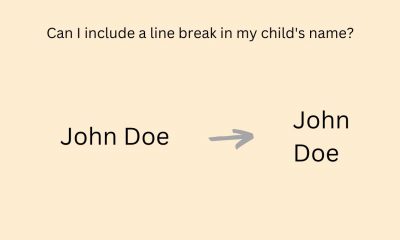

Ethics aside, is it legal (or even possible) to include a line break (newline) in my child’s name? Preferably at the end of the child’s first...
A. Forensics and attribution; physical protective measures; and economic recovery B. Cybersecurity; community resilience; and housing C. Interdiction and disruption; access control; and threats/hazards identification D....
Recent Comments